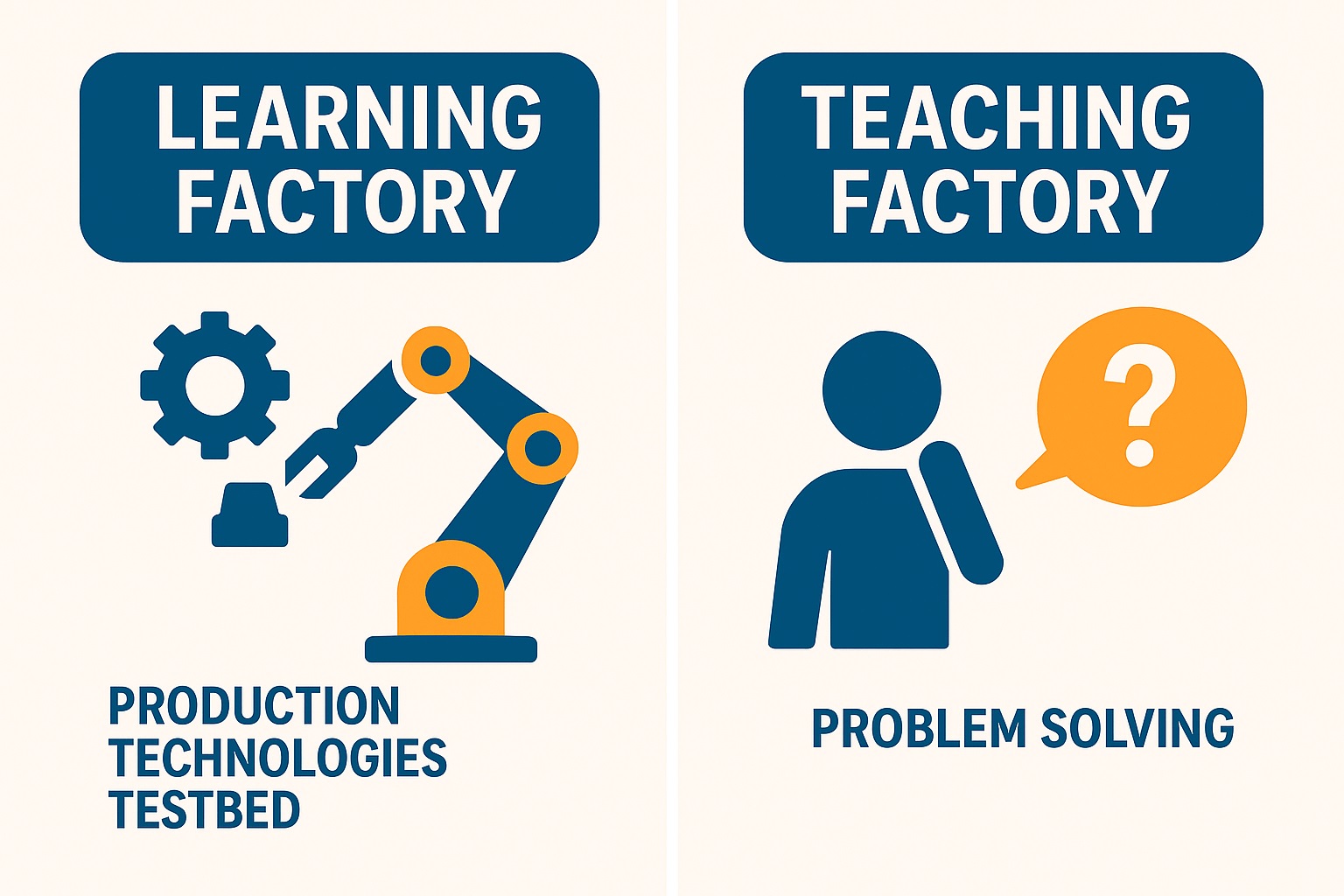

Wolfram Rhomberg
AIT Austrian Institute of Technology
As part of Bridges 5.0, AIT recently conducted an in-depth analysis of industrial trends and topics to better understand key developments shaping the manufacturing sector. Here’s how we approached it.
Our exploration began with targeted keyword searches, such as “Industrial Transformation Trends,” “Industrial Automation Trends,” “Sustainable Manufacturing Trends,” and “Resilient Manufacturing Trends.” This process yielded 129 suggested web sources, which were then refined to 95 through a comprehensive review.
Selection criteria focused on:
- Eliminating duplicates
- Ensuring content relevance
- Highlighting clearly defined trends or drivers
- Prioritizing recent sources from credible professional backgrounds.
The reviewed sources included articles, blogs, studies, surveys, and interviews, ensuring a diverse pool of insights. From these 95 sources, we identified 853 individual observations, categorised into 52 unique trends/topics and grouped into 8 main trend categories, including: “Culture, Organisation & Workforce”, “Automation & Robotics”, “Green Manufacturing & Emission Reduction”, and “AI, Computing & Analytics”.
Our quantitative analysis focused on:
- Search Strategies: Using targeted keywords for efficiency.
- Source Frequency: Measuring the percentage of sources mentioning specific trends.
- Observation Frequency: Tracking how often each trend/topic appears across all observations.
- Stakeholder Classification: Categorising trends by key groups such as think tanks, business consultants, technology providers, and media platforms.
A note on Expectations vs. Reality
It’s important to highlight that many of the identified trends reflect expectations, projections, and potentials rather than the current reality within manufacturing companies. The insights often stem from stakeholders like think tanks, consultants and technology providers, who follow collective “swarm intelligence,” focusing on specific topics and argumentation patterns.
“Think Tanks & Political Forums” emphasise cooperative models, inclusiveness, and resilient ecosystems, reflecting a strategic focus on governance and social frameworks.
“Business Consultants” show an interest in human-centric work trends and digital technologies, aligning with client demands for strategic and digital solutions.
“Technology Providers” concentrate on digital tech-driven sustainability, favouring practical applications of AI and automation.
“Media & Social Platforms” emphasise visible, innovation-driven trends such as collaborative robotics and immersive technologies, showing interest in cutting-edge industrial developments.
You can download the full report here.
Related articles
November 25, 2025
October 14, 2025
October 12, 2025
October 12, 2025
October 9, 2025







